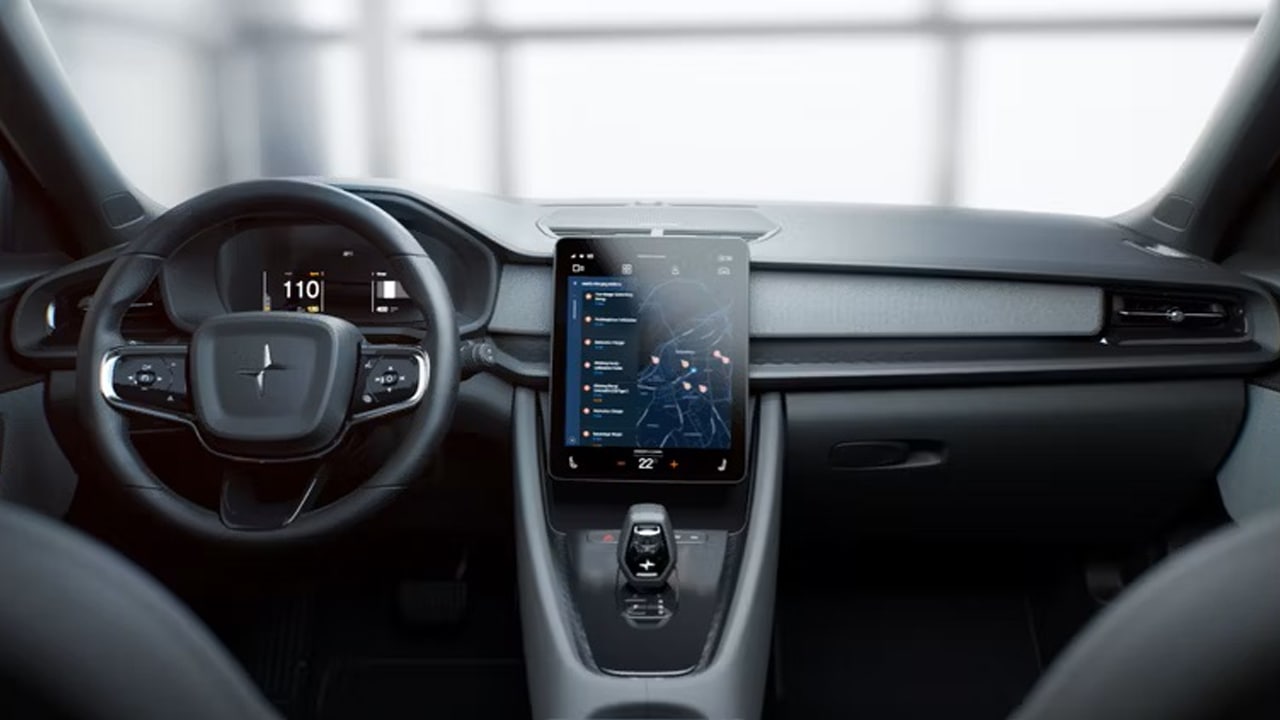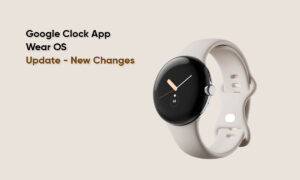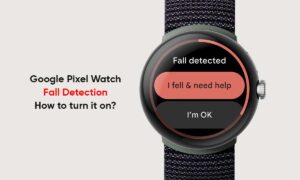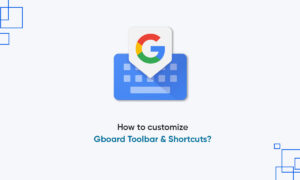Google’s Android Automotive 13 is now released, with improvements in cameras, frames, connectivity, power, privacy, sensors, telemetry, user management, and vehicle integration. Android Automotive is Google’s Android-based operating system for in-car entertainment systems. Compared with Android Auto, which just projects apps and content from the phone to the car, the Automotive function is more independent, with its own Play Store and music playback capabilities.
JOIN TIP3X ON TELEGRAM
Moreover, Android Automotive 13 brings UWB ultra-wideband support to users and provides multi-anchor support for positioning UWB tags with an accuracy of 10 cm. UWB Ultra Wideband is a short-range wireless standard that provides precise tracking and positioning of IoT devices, as well as high-speed data transmission over the high-frequency radio spectrum. UWB has many advantages over Bluetooth, Wi-Fi, and NFC and is widely regarded as the next big trend in wireless technology.
The Android Automotive 13 updates are as follows:
Camera
-
Android camera2 API. Allows third-party consumer applications to access one or more in-vehicle cameras simultaneously without affecting Extended View System (EVS) performance and behavior.
-
Enumerates camera devices by relative location. Allows clients to enumerate and open camera devices (or video streams) based on relative location, as well as hardware details (eg, device node names) hidden from clients.
-
EVS hotplug event. Added notification and handling of hotplug cameras.

Car frame
-
The main line of the car frame. Added a new car framework module that includes car API and car services. This enables the car stack to be updated independently of the Android platform version.
-
Driving Safe Area Support. Allows the app to designate areas for safe driving, and allows the system to designate areas and provide temporary exemptions.
-
Migrate vehicle HAL from HIDL to AIDL. HIDL HALs are still supported, but only new attributes should be added to new AIDL vehicle HALs.
-
Larger payloads and batch calls are supported in VHAL. VHAL can now pass larger payloads through shared memory. Batching calls allows multiple requests to be sent more efficiently.
-
The cluster’s navigation metadata populates. This feature extends the navigation state protocol buffer in the navigation state API with additional fields to describe navigation metadata.
-
touch mode. In Android 13, notifications are now decoupled from focus events. In Android 12 and earlier, focus and touch modes were represented by the same C++ native FocusEvent. Touch mode changes are now represented in a new event, TouchModeEvent. This new native event is dispatched for all existing windows, whether they have the focus or not.
Connectivity
-
Enable Ultra Wideband (UWB). Provides multi-anchor support for positioning UWB tags with an accuracy of 10 cm.
-
Bluetooth mainline integration. Turns car Bluetooth into a module to support updates independent of the Android platform version. With continued support from Google, the hidden API will be migrated to the system API.
-
Gabledorsch. A newer version of the Bluetooth stack is enabled to support automotive use cases.
-
Internet of Vehicles. Add control over Ethernet-based networks, including IP configuration, network capabilities, dynamic management of application access control lists, and the ability to dynamically connect and disconnect from the network.
-
See TCU. Integrating external telematics ECUs with Android just got easier with the Telephony HAL.
-
Projection support. Added a new API to include VendorElements as part of the generated hostapd AP configuration.
-
API to get a list of Wi-Fi channels and country codes when Wi-Fi is off.
Power supply
-
Suspend to disk is supported. Power-down mode preserves the contents of RAM. Suspend-to-disk and suspend-to-RAM are supported.
-
Controls the shutdown process. Allows suppliers to take timely action before and after garage mode.
Privacy
-
Licensed model of the car. Changes to the permission model balance safety, privacy, and user experience while driving.
-
Reminders for permission decisions after driving. Remind parked users of permit decisions made while driving.
-
Recent licensing decisions. Recent permission decisions are displayed in privacy settings, enabling users to change permission decisions.
-
The privacy dashboard of the car. Allows users to view recent app permission usage in privacy settings, including event timelines for sensors (such as location, microphone, and camera) and sub-properties of GMSCore usage.
Sensor
-
New sensor type in the Android sensor framework. Added new inertial measurement unit (IMU) sensor types for restricted axis and heading to support different sensor configurations and navigation use cases.
Telemetry
-
OEM telemetry. Enables OEMs to use Android-based infotainment systems to configure and collect in-vehicle infotainment (IVI) and vehicle data.
User Management
-
Improved user lifecycle event management. Added new user lifecycle filters to improve performance and simplify client code.
Vehicle integration
-
New VHAL attribute. Added new properties for fog lights, EV charging, trailer, vehicle weight, and wheel tick.













